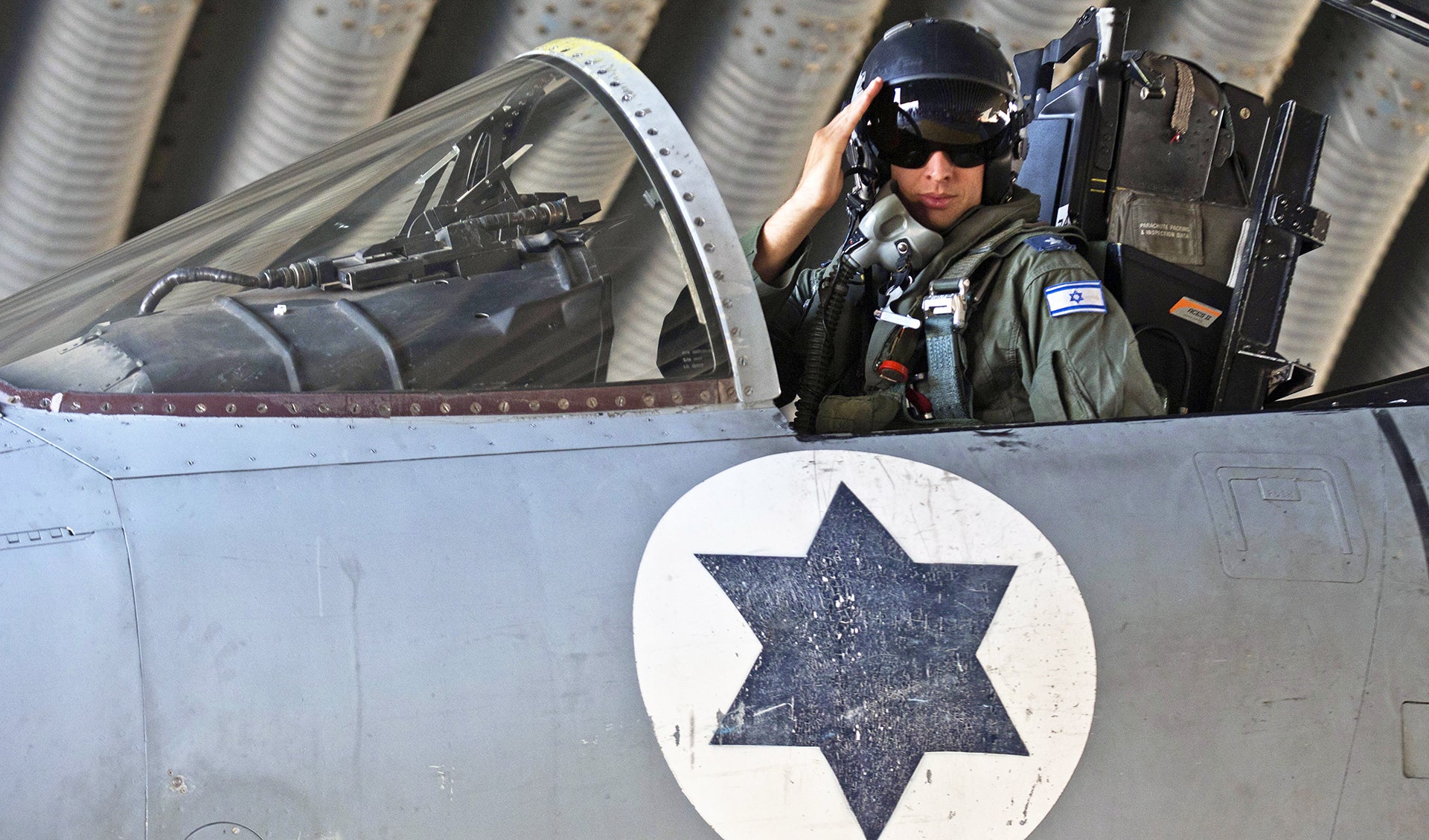There has been much speculation about what exactly the massive military aid package between the US and Israel would include. Some reports stated that more F-15 Strike Eagle derivatives would be a part of it, along with dozens of F-35s. Now that the deal has been inked we know more about what it will actually includes and there are signs that long-pending fighter jet sales to Kuwait and Qatar are finally going to be cleared to move forward. If this turns out to be true it would offer a massive lifeline to Boeing’s struggling tactical jet production lines at its historic St. Louis plant.
Israel was the first foreign operator the of the F-15 Eagle, and the type has performed brilliantly in combat over the last 40 years. The aircraft’s long-range and adaptability opened up whole new set of possibilities for the Israeli Air Force. Although the F-15A/B/C/D is synonymous with air-to-air combat, the IAF quickly adapted the air superiority jet to fly operational strike missions long before the F-15E Strike Eagle entered service with the USAF. Today, the IAF’s highly modified F-15A/B/C/Ds serve as bombers, reconnaissance aircraft, communications nodes and command and control aircraft.
Make sure to read all about Israel’s unique F-15s and how they turned from “not a pound for air-to-ground” into highly capable strike fighters in this past feature of mine.
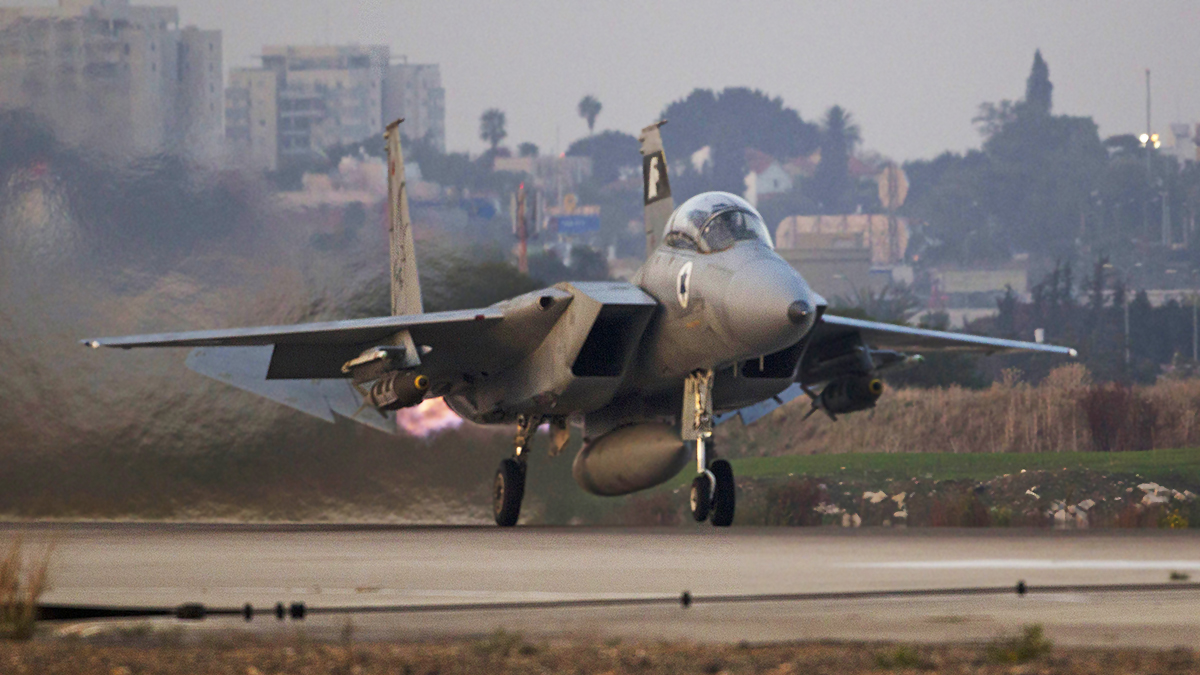
Now it has been disclosed that Israel has recently received eight F-15Ds from USAF surplus stocks. The American F-15C/D community has been drastically truncated over the last decade even though the aircraft is in greater demand now since any time since Desert Storm.
Today just three active USAF squadrons exist at two locations overseas, with the rest of the Eagle community spread out among five “front-line” Air National Guard squadrons, one training squadron and a tactics and development squadron located at Nellis AFB. Even the USAF’s only F-15 aggressor squadron was shuttered two years ago as a cost-saving measure. In total just 178 F-15C/D primary aircraft are slated to serve for decades to come, and they will receive substantial upgrades to remain tactically relevant. These aircraft are nicknamed “Golden Eagles” within the USAF.
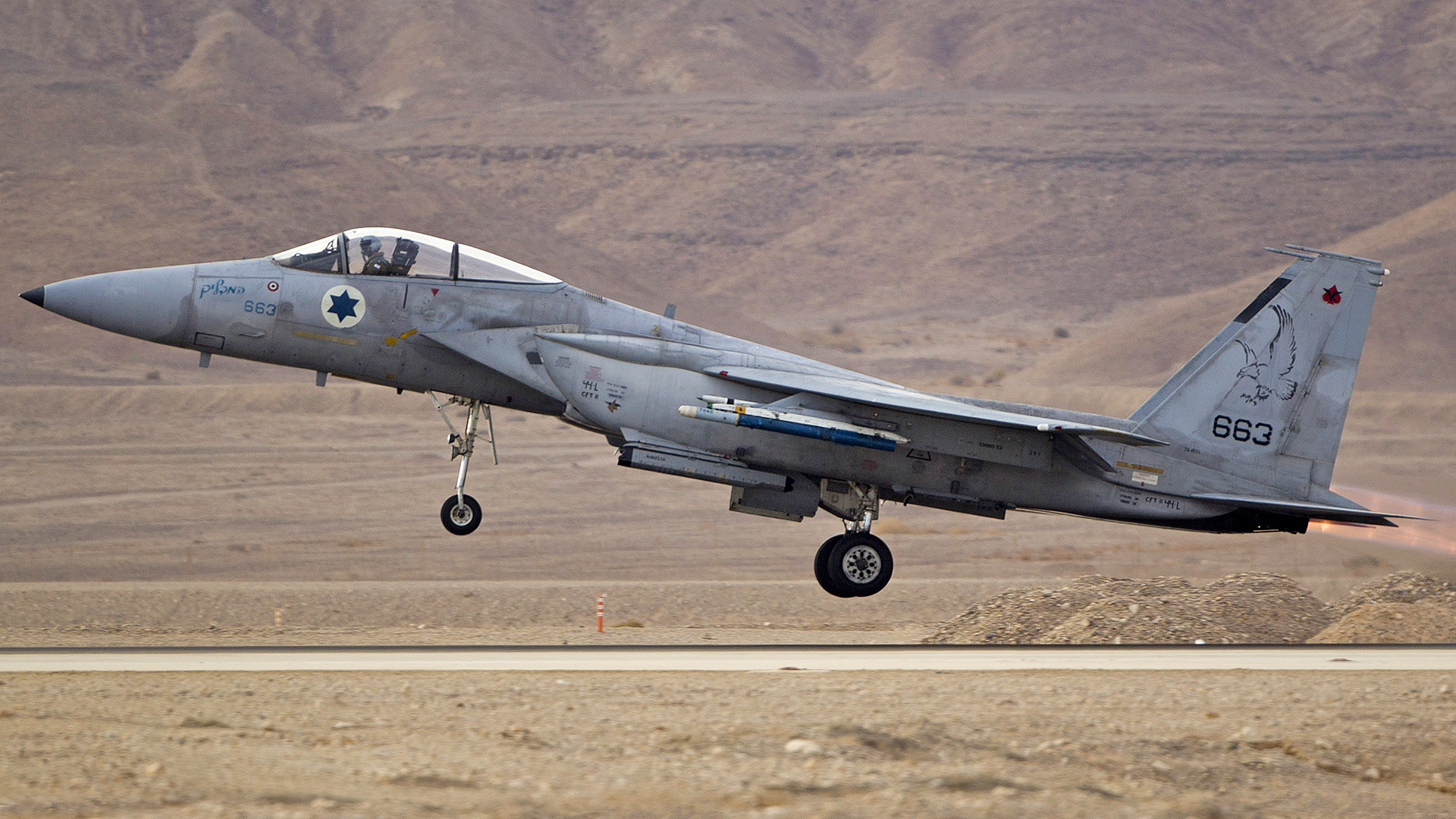
With so many Eagles being retired to the boneyard, the Pentagon has done what it has before, offered these jets to Israel at no cost. This latest batch includes 10 F-15Ds, the two seat version that has become so valuable for non-traditional “gray eagle” roles within the IAF over the last couple of decades. Eight of these jets have already been transferred to the IAF, with two more likely being sent to Israel even before the $38B, ten year aid deal goes into effect officially on October 1st, 2018.
National Security Advisor Susan Rice stated the following concerning the massive deal which includes $5B for missile defense and $33B for other military capabilities and weapon systems:
“This additional funding will allow Israel to update the lion’s share of its fighter aircraft fleet, including the acquisition of additional F-35s and F-15s.”
This statement appears to clarify that Israel will indeed be receiving additional Eagles in the future. Whether those are new build Strike Eagle derivatives or additional surplus F-15C/Ds remains unclear, but a combination of the two is highly possible.
Either way Boeing is slated to win big with the conclusion of this monumental aid package. Even if Israel ends up receiving just used F-15s or orders brand new ones along with its F-35s, the White House is likely to approve Super Hornet and Strike Eagle sales to Arab countries that have been pending for years.
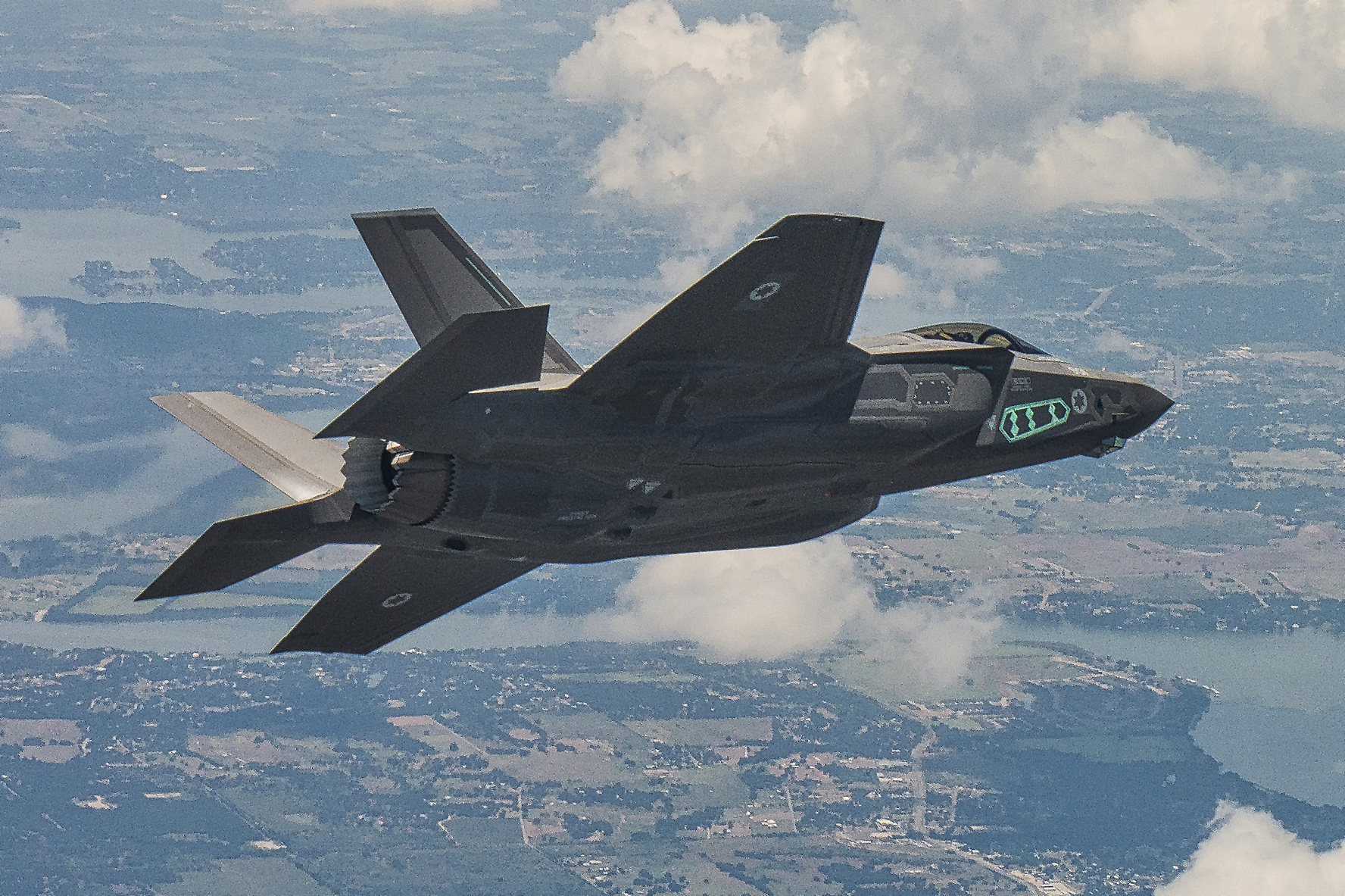
This has not occurred without controversy. Even Kuwait, a close American ally and already an operator of some of the youngest F/A-18C/Ds in the world, has had the sale of 28 Super Hornets (and an option for 12 more) put in limbo without any clear signs of an approval coming in a timely manner. It has led the tiny but very wealthy country to buy 28 Eurofighters as an interim measure, although it still wants to complete its purchase of Super Hornets as well. The sale would be essential to keeping the Super Hornet line, which is already on life support, active. This is especially true if more orders, like one from Canada, do not materialize.
Losing the Super Hornet production line does offer some strategic risk for the US Navy. It is currently the only operational US-built naval strike fighter and electronic warfare platform in production and it stands as a hedge against further F-35 delays and even as an alternative to it.
An even larger sale to Qatar of 72 advanced derivatives of the F-15 Strike Eagle has been pending for nearly three years. This order could see the F-15 production line, which is slated to go cold in 2019 after the last of Saudi Arabia’s advanced F-15SA’s are delivered, to continue on into the next decade. Like Kuwait, Qatar has grown weary of the US foreign military sales process under the Obama Administration and has ordered two dozen Dassault Rafales as a half measure.
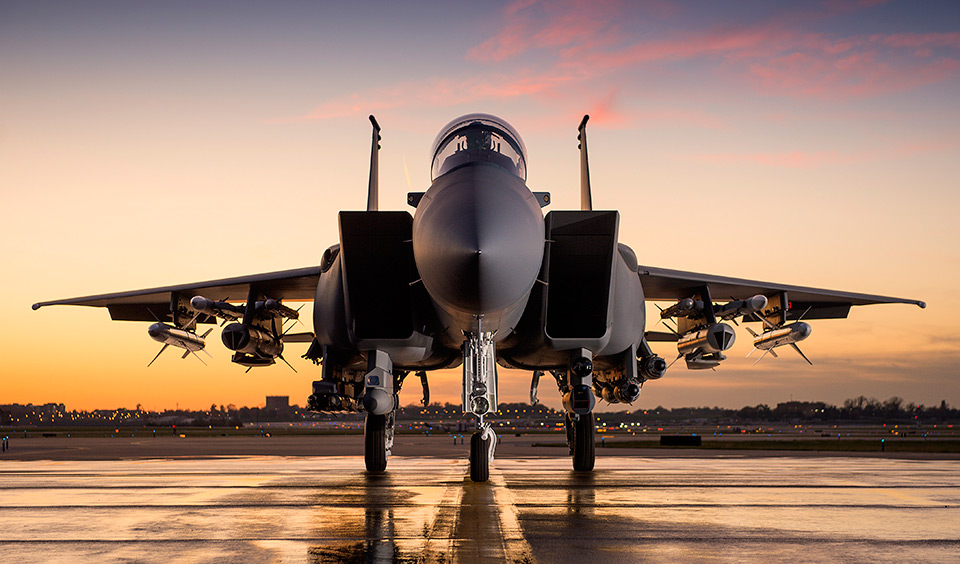
Slow playing these super lucrative jet sales to key Arab allies has been the result of an intricate cause-and-effect diplomatic chain that began with the Iranian nuclear deal negotiations. Outfitting Sunni Arab states with America’s most versatile strike fighters was seen as a hindrance to getting the landmark and highly controversial nuclear deal signed as those aircraft would have been seen as a direct threat to Tehran. Then once it was executed, a very unhappy Israel had to be placated via the form of a massive foreign military aid deal. Clearly it was thought that making Israel even more upset by dramatically up-arming Arab states was not a good diplomatic move, and it would just be more fodder for Israel to leverage in an attempt to get the largest foreign aid package possible. Now that the aid deal has also been signed, one that includes the most advanced fighters available on the planet, executing sales of Super Hornets and Strike Eagles with Kuwait and Qatar is less of an issue.
So now that the Iranian nuclear deal is firmly in place, with a far richer Iran drastically improving its own conventional warfighting capabilities, and now that the Israeli foreign military aid deal has been finalized, Kuwait and Qatar’s purchases are likely to be approved, at least according to Senator Bob Corker, Chairman of the Senate Foreign Relations Committee:
“I’m glad they consummated the aid deal, and I’m glad that the follow on is we’re completing sales to Qatar, Bahrain and Kuwait… To act like there’s no connection — let’s face it, it’s like the hostages left when the money arrived.”
It’s about time.

Contact the author Tyler@thedrive.com
